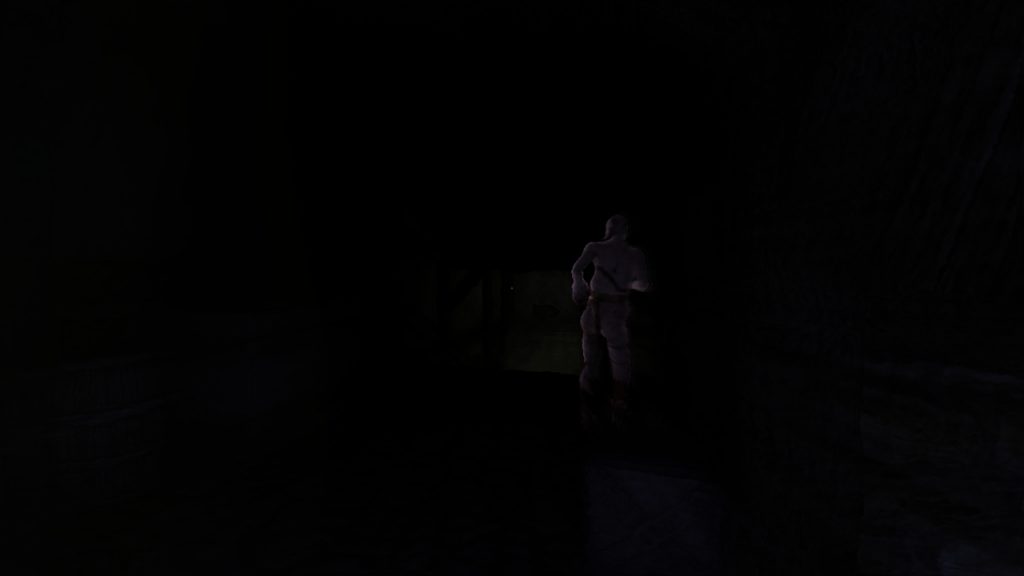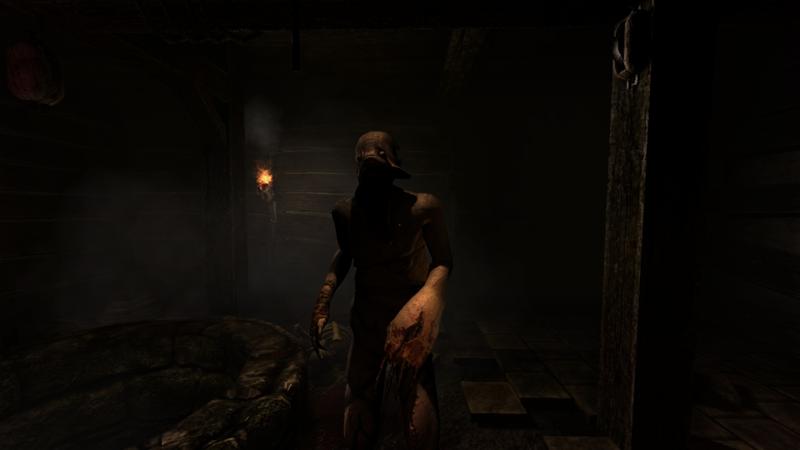Birth of a Monster Part 1: Creating Unspeakable Guidelines
Birth of a Monster Part 2: Conceptualizing the Horror
Birth of a Monster Part 3: Molding the Abomination
Birth of a Monster part 4: It’s alive!
By Thomas Grip
Before the model could be used in game, some other things was required. First the model needed to be rigged and skinned, a process where the mesh is connected to a skeleton. This skeleton then need to get animations and not until that was done where we able to get a it into the game. This job was made in part internally and partly by an external company. There were a lot of job put into this, but is unfortunately outside of the scope of the article. To some sum things up: we got the creature moving and it was now time to put inside the game.
For Amnesia: The Dark Descent we use a proprietary engine called HPL2 which is a vastly improved and revised version of the engine that powered the Penumbra games (although quite old now as we are developing version 3 of the engine for our upcoming game). It uses a rendering algorithm called deferred shading at its core, a technique that is very useful when rendering lots of lights. It works by drawing out the the normals, depth, specular and diffuse colors to separate buffers and then use these to calculate the final color of a light. Normally when drawing a light, all models that intersect with the light needs to be found and then redrawn based on the light’s properties. The nice thing about deferred shading is that models are only need to be drawn once, saving tons of rendering time and allowing more predictable frame rate.
Amnesia: The Dark Descent can be a quite dark game in places, sometimes making it hard to see enemies properly. To remedy this we added a rim lighting algorithm that made the creature’s outline light up when in dark areas. This proved extremely moody and when walking in dark passages the player could suddenly get a glimpse of disturbing silhouette slouching off in the distant. After this final touch, our creature was ready to frighten unknowing players!

Hopefully this article will give you some insight into the work that it took to create an enemy for our game. It was quite a long process and took several months from idea to finished asset but we think the final result is well worth it!
